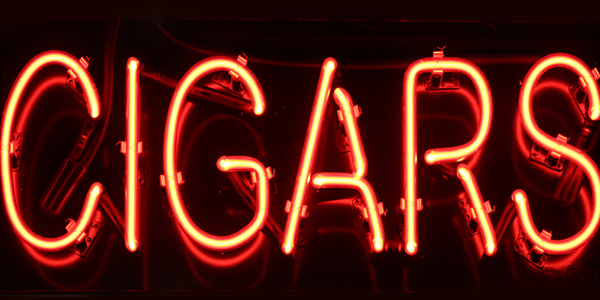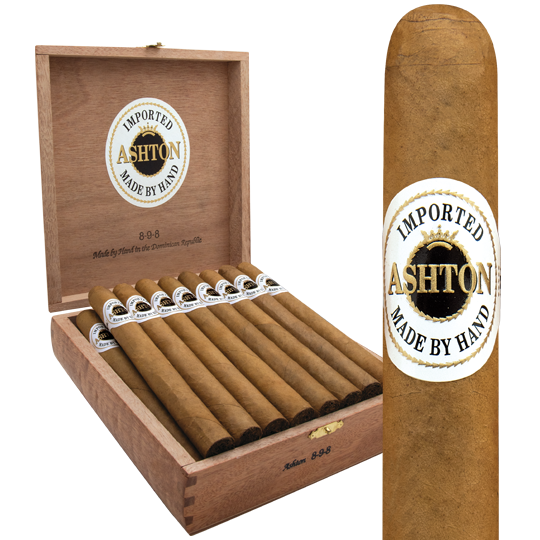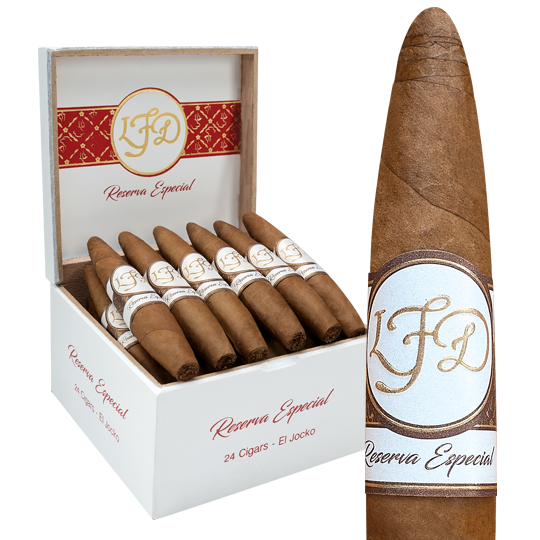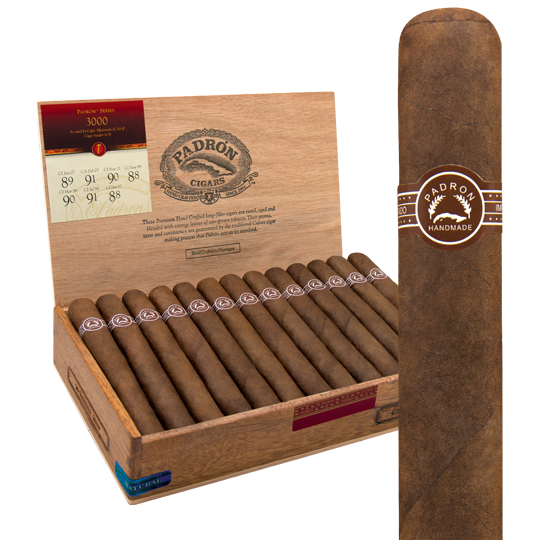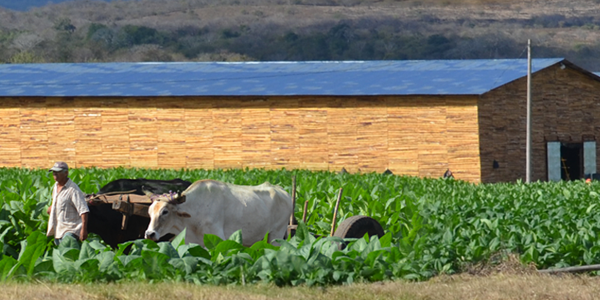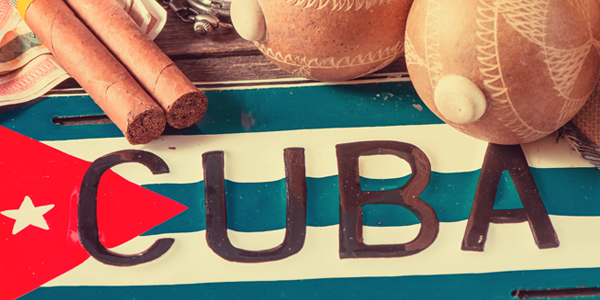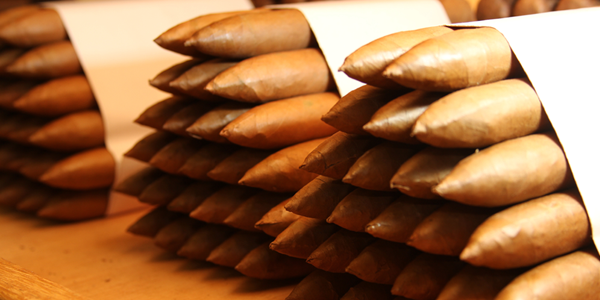The Cigar Boom of the 1990s
In the dozen or so years leading up to 1992 – the end of 1992, to be precise – the cigar business was cold. Yearly sales were stagnant around 100 million. Then cigars became cool and sales got hot. What happened?
A short economic recession that had begun during the presidency of George H. W. Bush ended in mid-1991. Recovery was slow. Still, the wealthy had not been that adversely affected and were beginning to show signs of spending more, especially on luxury goods. By the end of 1992, Bill Clinton had been elected president and the economy was growing and would continue to grow steadily for eight more years. You know the saying, ‘the rich get richer?’ Well, they did and they started buying cigars.
In the fall of 1992, an idea that many called crazy came to fruition. The first issue of Cigar Aficionado magazine hit the stands. Many in the industry credit the magazine with resuscitating, or at least propelling, the cigar boom that lasted until 1997. Cigars were now part of the “good life.” In 1993, cigar imports rose 10 percent, to more than 117 million. Dominican cigar imports increased 18 percent, to 55 million cigars, mainly large ones. During this period of prosperity and conspicuous consumption in the world’s leading capitalist nation, the most lusted-after cigar was made by Communists. The Cohiba, conceived as a private brand for the elite in Cuba, had become available for sale to the public outside the US. Cuba needed the cash, especially since the Soviet Union was in collapse.
In 1994, imports grew 12 percent, to 132 million cigars. The next year soared 33 percent to 176 million cigars. A year later, more than 240 million cigars came into the United States. This was not sustainable. Longtime cigar smokers couldn’t find their brands. Retailers were buying cigars at retail prices and selling at a premium if they could even find enough cigars to sell. Demand outpaced supply. And quality suffered.
Tobacco was in such short supply that plants that used to be plowed under to provide nitrogen to the soil were being cultivated. The corona, or crown, of a tobacco plant yields leaves that are not traditionally picked for use in cigars. These small leaves, chock full of nicotine, are commonly used to make chewing tobacco. When left alone, the stalks would experience a second growth of tiny leaves called capadura that blenders began to use as filler. These were vastly inferior to the filler that one loves in a great cigar, but demand was so high, many producers felt pressure to make use of them. The results were bad. As David Savona reported in Cigar Aficionado, 50 cigars were rated in the April 1997 issue of the Cigar Insider newsletter, none of which scored higher than 90 points for the first time in the publication’s history.
Even Cuba was affected as the economic recovery was global in nature. Trying to keep up, Cuban cigar makers rushed harvests and production. The available quality tobacco was spread too thin among too many brands. Cigars that once were icons of the Cuban pantheon became inconsistent in flavor, quality and construction. It took years for the Cubans to recover. The industry on the island received some help in 2000 with a capital investment from Altadis, a joint-venture of Spanish and French monopolies, in Habanos, SA, the organization that oversees the Cuban cigar industry.
In 1997, supply finally caught up with demand, but much of the supply was not particularly good. Many non-Cuban brands that had been born during the boom faded away as true cigar lovers returned to reliable favorites. Some of those abandoned brands ended up on discount shelves, with cigars being sold for less than they had cost to make.
In the five years that the boom lasted, however, several new brands did survive. Boutique brands like La Flor Dominicana gained a following. The consumer audience for cigars made by Rocky Patel and the Oliva family began to spread. Brands that had been around for years like Padron, Fuente and Ashton got the respect they deserved. The shakeout in 1997, the year the boom ended, left cigar lovers with the crème de la crème in premium cigars. The standard today is higher. The success of premium cigars also brought consolidation with large companies (Swedish Match) buying well-regarded independents (El Credito).
Today, the effects of the boom are still being felt, but mostly in a good way. The demand for tobacco expanded the universe. Nicaragua has developed into a leading source and market for premium cigars. New tobaccos and tobacco hybrids have been developed in places like Ecuador. Brazil is big in the premium cigar business now. The mentality changed. Bets were hedged and no one takes for granted that things will last forever. The cigar industry is particularly susceptible to political changes. Just look at the revolutions experienced by Cuba and, again this year in Nicaragua.
My advice? Buy the cigars you love. Get a large humidor and store your favorites. I know, I know. There are so many. So, get a REALLY big humidor – from your pals at Holts.com!

